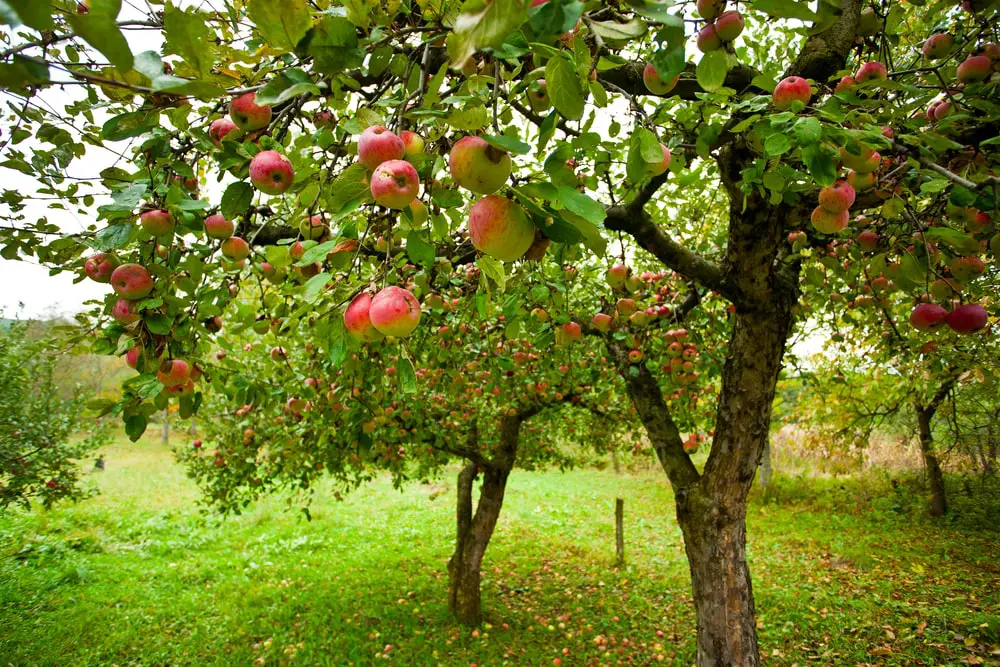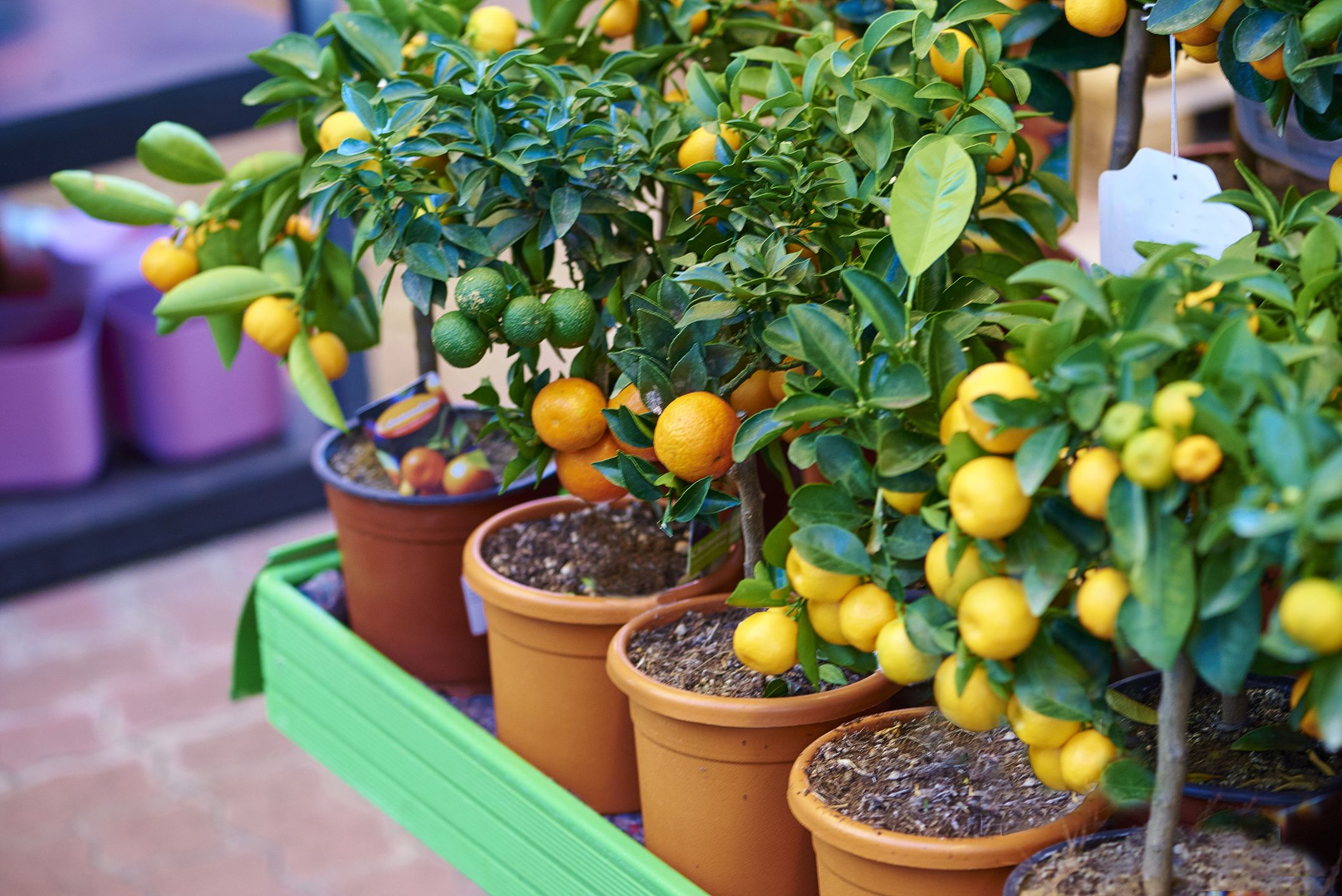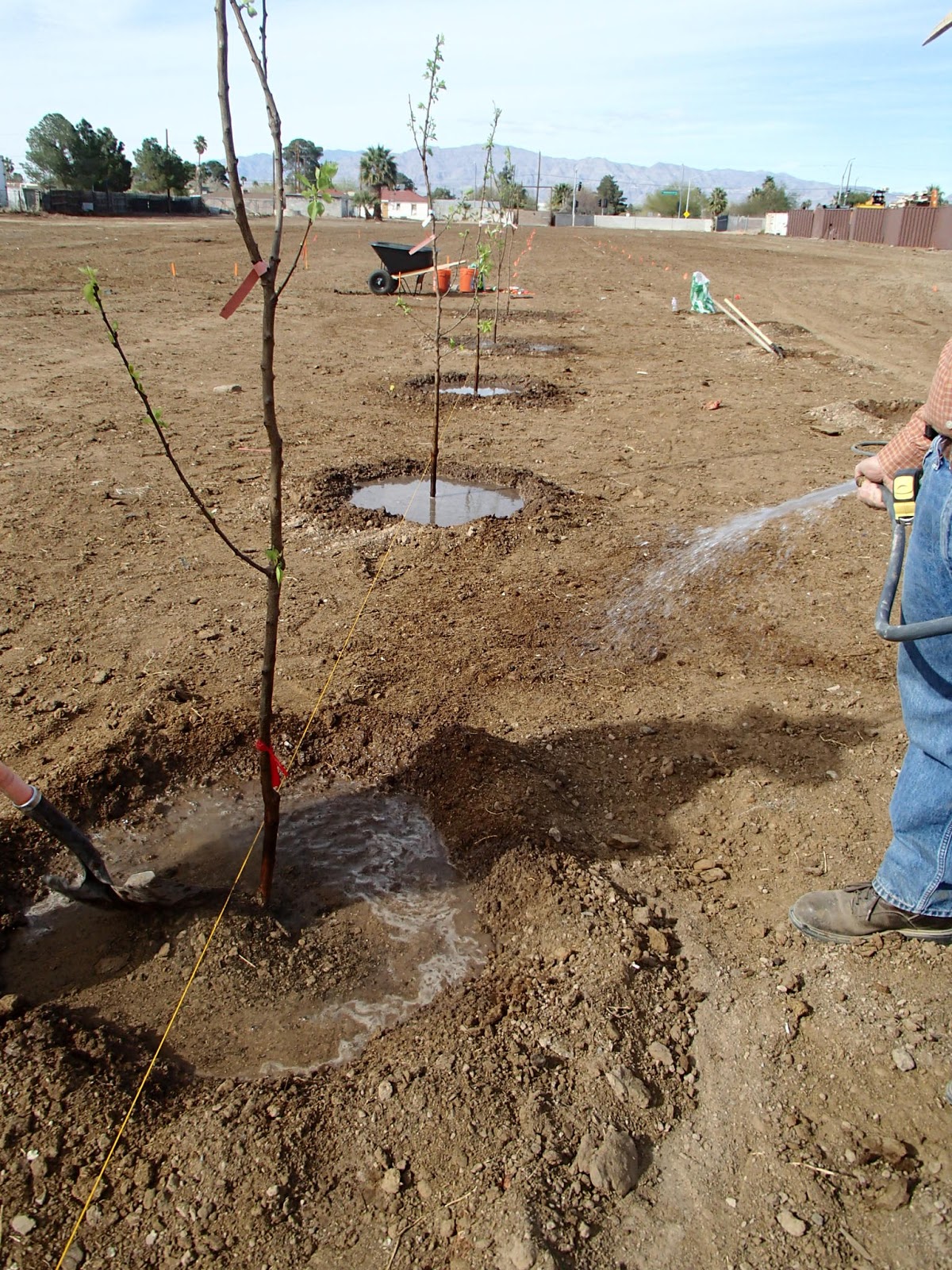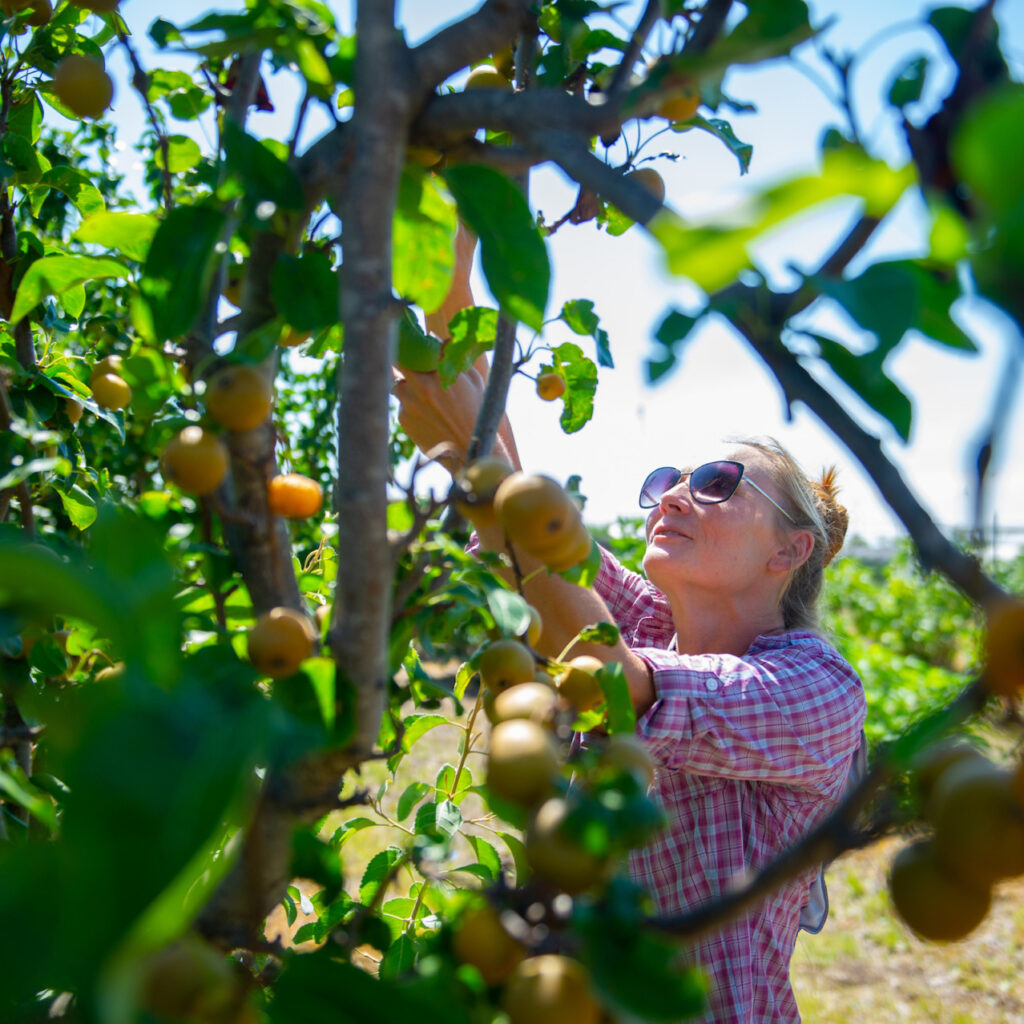Introduction
The Joy of Growing Your Own Fruit
Imagine stepping into your backyard on a sunny morning, plucking a perfectly ripe apple straight from the tree, and taking a bite. It’s a simple pleasure, yet incredibly fulfilling. Growing your own fruit trees not only provides fresh, organic produce but also connects you with nature in a way few other activities can. Plus, fruit trees add beauty and value to your landscape.
how to plant fruit trees Why Planting Fruit Trees is Beneficial
Aside from the obvious benefit of having fresh fruit at your fingertips, fruit trees offer numerous other advantages. They improve air quality, provide shade, and can even reduce your grocery bill. Additionally, tending to fruit trees can be a relaxing and rewarding hobby that teaches patience and dedication.

Choosing the Right Fruit Tree
Consider Your Climate
The first step in planting a successful fruit tree is choosing one that suits your climate. Some trees, like apples and pears, thrive in cooler climates, while others, such as citrus and avocados, prefer warmer, subtropical environments. how to plant fruit trees Understanding your local climate will guide you in selecting a tree that will flourish in your backyard.
Choosing the Right Variety
Once you’ve determined the type of fruit tree that suits your climate, it’s time to pick the right variety. Consider factors such as the tree’s growth habit, fruit size, flavor, and pollination needs. Some varieties are self-pollinating, while others require a second tree nearby to produce fruit.
Dwarf, Semi-Dwarf, or Standard: What’s Best for You?
Fruit trees come in different sizes, typically classified as dwarf, semi-dwarf, or standard. Dwarf trees are perfect for small spaces or container gardening, while standard trees are better suited for larger yards. Semi-dwarf trees offer a middle ground, providing ample fruit while taking up less space than standard trees.
When to Plant Your Fruit Tree
Best Planting Seasons
Timing is crucial when planting fruit trees. In most regions, the best time to plant is during the dormant season—late winter to early spring—when the tree is not actively growing. This gives the tree a chance to set down its roots before the growing season starts.
Timing Considerations for Different Climates
In warmer climates, fall can also be a suitable time to plant, giving the tree a head start before the heat of summer. However, avoid planting during extreme weather conditions, such as frost or high heat, as these can stress the young tree.
Selecting the Perfect Location
Sunlight Requirements
Fruit trees need plenty of sunlight to thrive—at least 6 to 8 hours of direct sunlight per day. Choose a location in your yard that receives full sun for the best fruit production.
Soil Conditions
The soil needs to drain well and be abundant in organic material. If your soil is heavy clay or sandy, consider amending it with compost or other organic materials to improve its structure and fertility.
Space and Layout
Take into account the full-grown size of the tree when choosing a spot to plant it. Ensure there’s enough space for the tree to grow without crowding other plants or structures. Adequate spacing enhances air circulation, lowering the likelihood of disease.

Preparing the Planting Site
Testing and Amending Soil
Check the pH and nutrient levels of your soil before you begin planting. Most fruit trees prefer slightly acidic to neutral soil (pH 6.0-7.0). If necessary, amend the soil to adjust the pH or add nutrients to support tree growth.
Digging the Hole: Size and Depth
The planting hole should be wide enough to accommodate the tree’s root system—about twice the diameter of the root ball—and deep enough to allow the roots to spread naturally. The tree needs to be planted at the same depth it was growing in while in the nursery.
Drainage Considerations
Good drainage is essential for healthy root development. If you’re planting in heavy clay soil, consider raising the planting area or creating a slight slope to encourage water runoff.
how to plant fruit trees
Handling the Tree Properly
When removing the tree from its container, handle it gently to avoid damaging the roots. Gently loosen the roots if they are tightly packed to promote outward growth.
Positioning the Tree
Position the tree at the middle of the hole, making sure it stands upright. The graft union (a small bulge where the tree was grafted onto rootstock) should be above the soil line to prevent rotting.
Staking and Supporting the Tree
When Staking is Necessary
Young trees may need support to stay upright, especially in windy areas or if the root system is not yet well-established. Staking can help prevent the tree from leaning or toppling over.
How to Properly Stake a Tree
Use a stake that’s about 6 inches away from the trunk and tie the tree loosely to the stake with a soft material. The goal is to provide support without restricting the tree’s natural movement.
Removing Stakes
Remove the stakes after one growing season, once the tree has established a strong root system. Leaving stakes in place too long can hinder the tree’s growth and cause damage.
Mulching and Fertilizing
Benefits of Mulching
Mulching around the base of your tree helps retain moisture, how to plant fruit trees suppresses weeds, and regulates soil temperature. Use organic mulch, such as wood chips or straw, and keep it a few inches away from the trunk to prevent rot.

Watering Your Fruit Tree
Establishing a Watering Routine
For newly planted trees to develop strong roots, they require regular moisture. how to plant fruit trees Ensure you water them thoroughly once or twice a week, adjusting based on your soil type and current weather. Once established, fruit trees typically need less frequent watering.
How Much Water is Enough?
The amount of water your tree needs depends on its size, the weather, and the soil. The aim is to maintain soil that is damp but not overly saturated. A general rule is to provide about 1 inch of water per week during the growing season.
